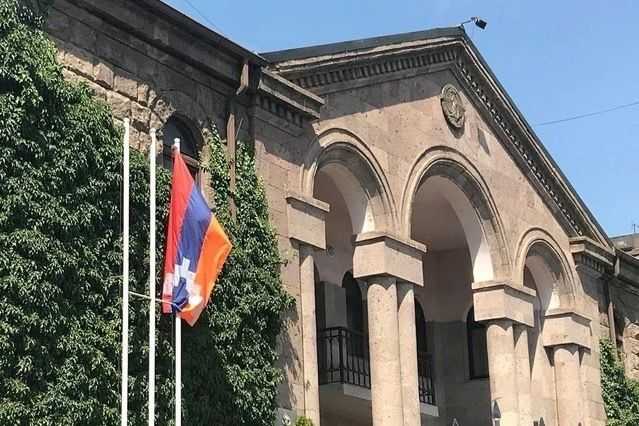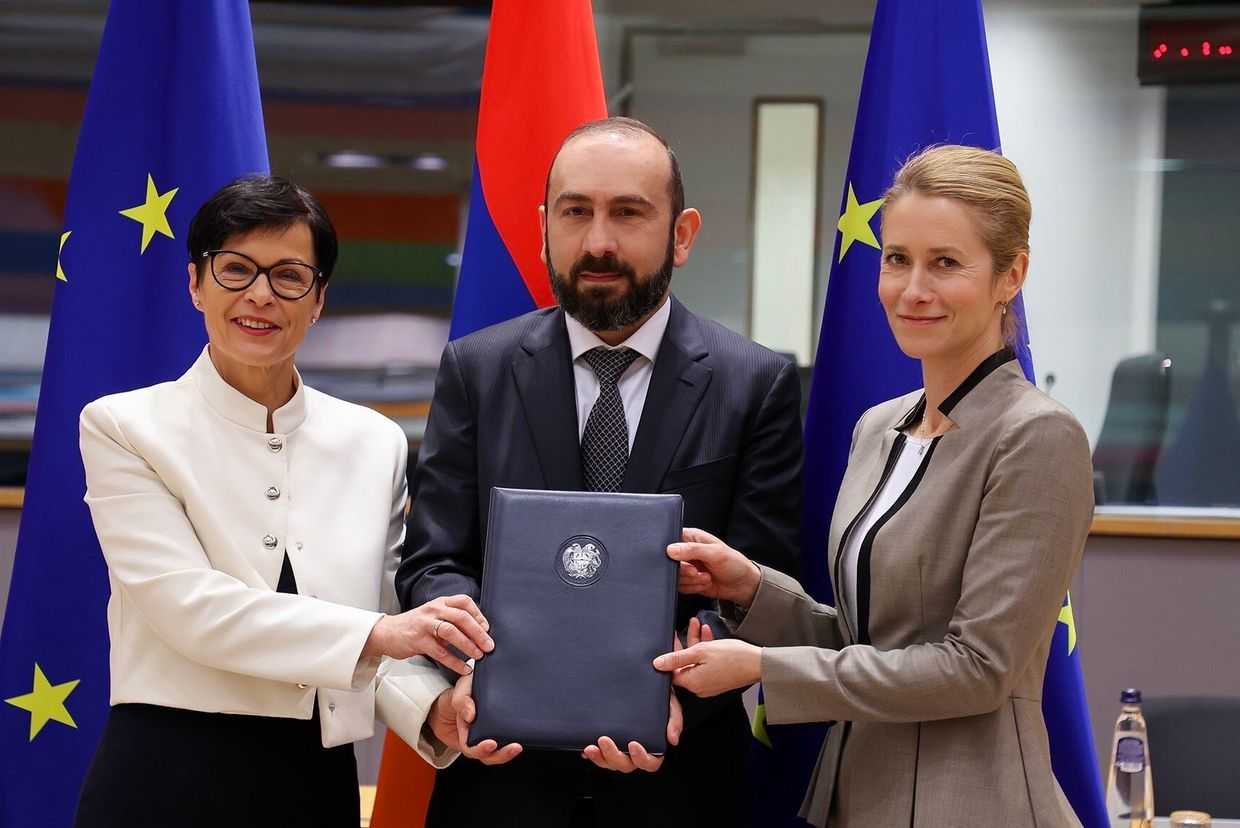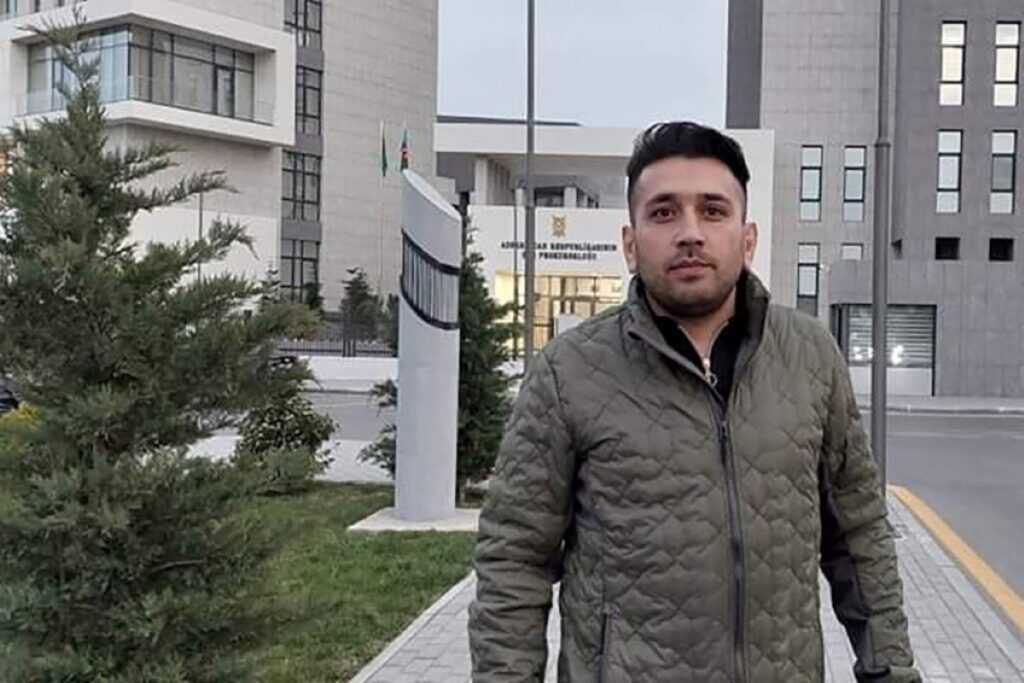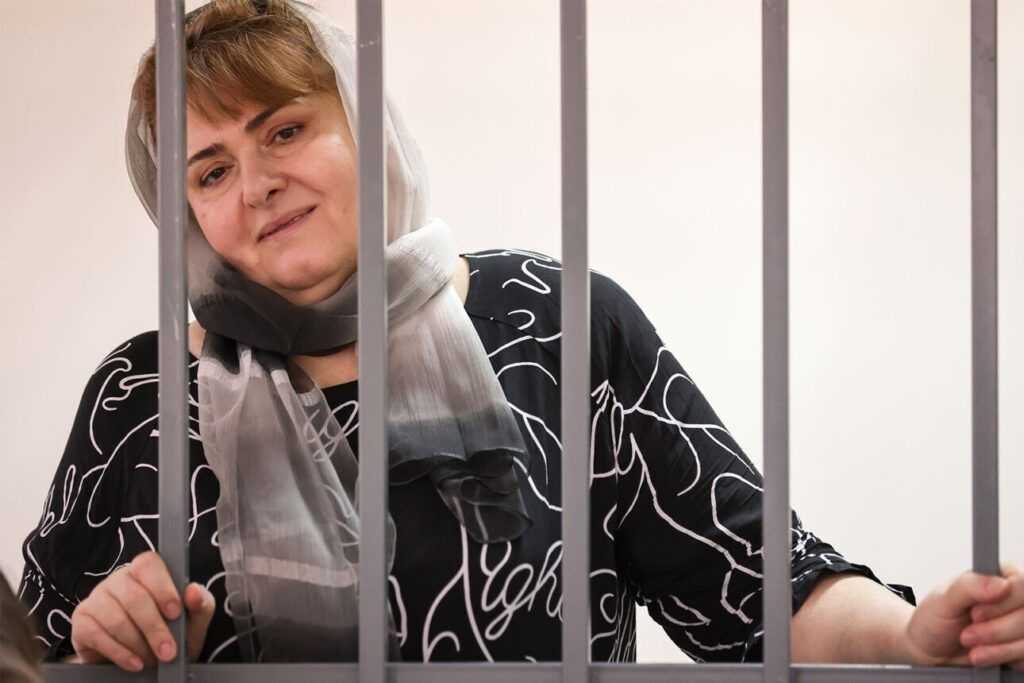Armenia denies ceasefire allegation as more border villages claim to hear Azerbaijani gunfire
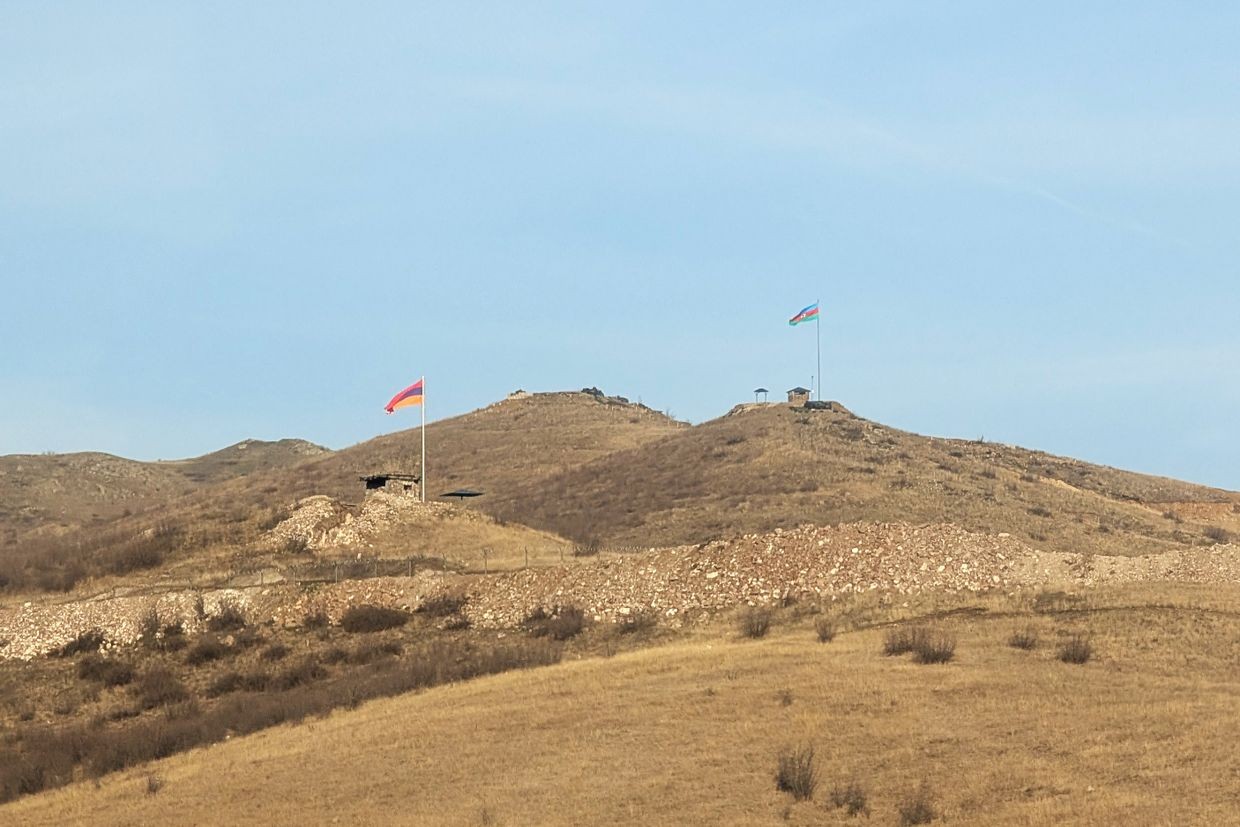
Armenia has yet again denied an Azerbaijani accusation of a ceasefire violation. At the same time, residents of various villages along the Armenia–Azerbaijan border have reported an increase in sounds of gunfire from Azerbaijan.
On Wednesday, the Armenian Defence Ministry issued a statement rebutting claims by its Azerbaijani counterpart that units of the Armenian Armed Forces had opened fire towards Azerbaijani combat positions between 19:20 and 22:30 the evening prior.
It marks the 20th ceasefire allegation by Azerbaijan since 13 March, when Armenia and Azerbaijan separately announced they had agreed on the terms of a historic peace deal. All 20 claims have been denied by Armenia.
In an RFE/RL article published Tuesday, Grigor Avagyan, the administrative head of Kut, a village in Armenia’s Gegharkunik province, corroborated reports of shootings from the Azerbaijani side.
‘There were no buildings, livestock, or, principally, residents damaged in the village, and there were no injuries, but shots were heard’, Avagyan told RFE/RL, stressing that the shots were not fired in the direction of Kut.
Over the weekend, shots were also heard in the border village of Movses in Tavush, according to administrative head Armen Poladyan, who told RFE/RL the shots were fired towards an unknown direction, but that there was no damage.
Shootings have also occurred in the two border villages of Khnatsakh and Khoznavar in Syunik for over 20 days now.
Previously, on 31 March, Armenia accused the Azerbaijan armed forces of opening fire, stating that at approximately 00:50, Azerbaijani soldiers fired towards the Khnatsakh settlement in Syunik, damaging a residential house.
In its official statement, Armenia’s Defence Ministry included photos of a broken window and of the bullet which reportedly caused the breakage. They noted additionally that no casualties were reported, but urged the Azerbaijani side to ‘conduct an investigation into the shelling of a residential building in Khnatsakh and to provide public clarifications regarding the incident’.
Increased tensions between Yerevan and Baku following peace deal conclusion
Though the terms of the peace agreement were ostensibly settled on 13 March, later that same day, Azerbaijan issued two preconditions — changing the Armenian Constitution and dissolving the OSCE Minsk Group — which would make the signing of the agreement impossible until at least 2026. Since then, relations between Armenia and Azerbaijan have again worsened, as evidenced in part by the increased allegations by Azerbaijan of Armenian ceasefire violations.
On Wednesday, Azerbaijani President Ilham Aliyev again insisted that Armenia’s constitution contained territorial claims to Azerbaijani territory.
While he added that as soon as the constitution was amended and the peace agreement signed, there would be no obstacle for an integrated, peaceful South Caucasus, Aliyev remained hesitant about improved relations between the two nations.
‘Being realistic, of course, we cannot imagine that immediately we will become friends with Armenia. It is not realistic, and even talking about a kind of economic integration is premature. But we are ready to start making small steps towards confidence-building measures’, Aliyev said.
That same day, Armenia’s Foreign Ministry responded to a media inquiry regarding Baku’s demands that Yerevan provide minefield maps.
According to ministry spokesperson Ani Badalyan, from June–November 2021, Armenia ‘unilaterally’ provided Azerbaijan with 972 registries of minefields, without preconditions. She noted that Armenia had additionally transferred new minefield registries to Azerbaijan again in early 2024.
While noting that Azerbaijan has continued to question the veracity of these maps, Badalyan emphasised that there are no ‘better or more accurate’ maps, and that Armenia has repeatedly stated their readiness to verify the accuracy of said charts with the involvement of international experts.
Also on Wednesday, Russian Foreign Ministry spokesperson Maria Zakharova stated during a briefing that Russia was monitoring the situation along the Armenian–Azerbaijan border.
‘We reiterate our call to Baku and Yerevan to exercise restraint, take steps to de-escalate tensions, and avoid any actions that could deteriorate the situation’, Zakharova said.
‘For our part, we are ready to assist our partners in overcoming the remaining contradictions in order to sign a peace treaty’, Zakharova added, noting that Russia was additionally prepared to assist in the unblocking of regional infrastructure and transport routes and ‘delimiting the border to resolve humanitarian issues in accordance with the complex of trilateral agreements of the leaders of Russia, Azerbaijan, and Armenia’.



